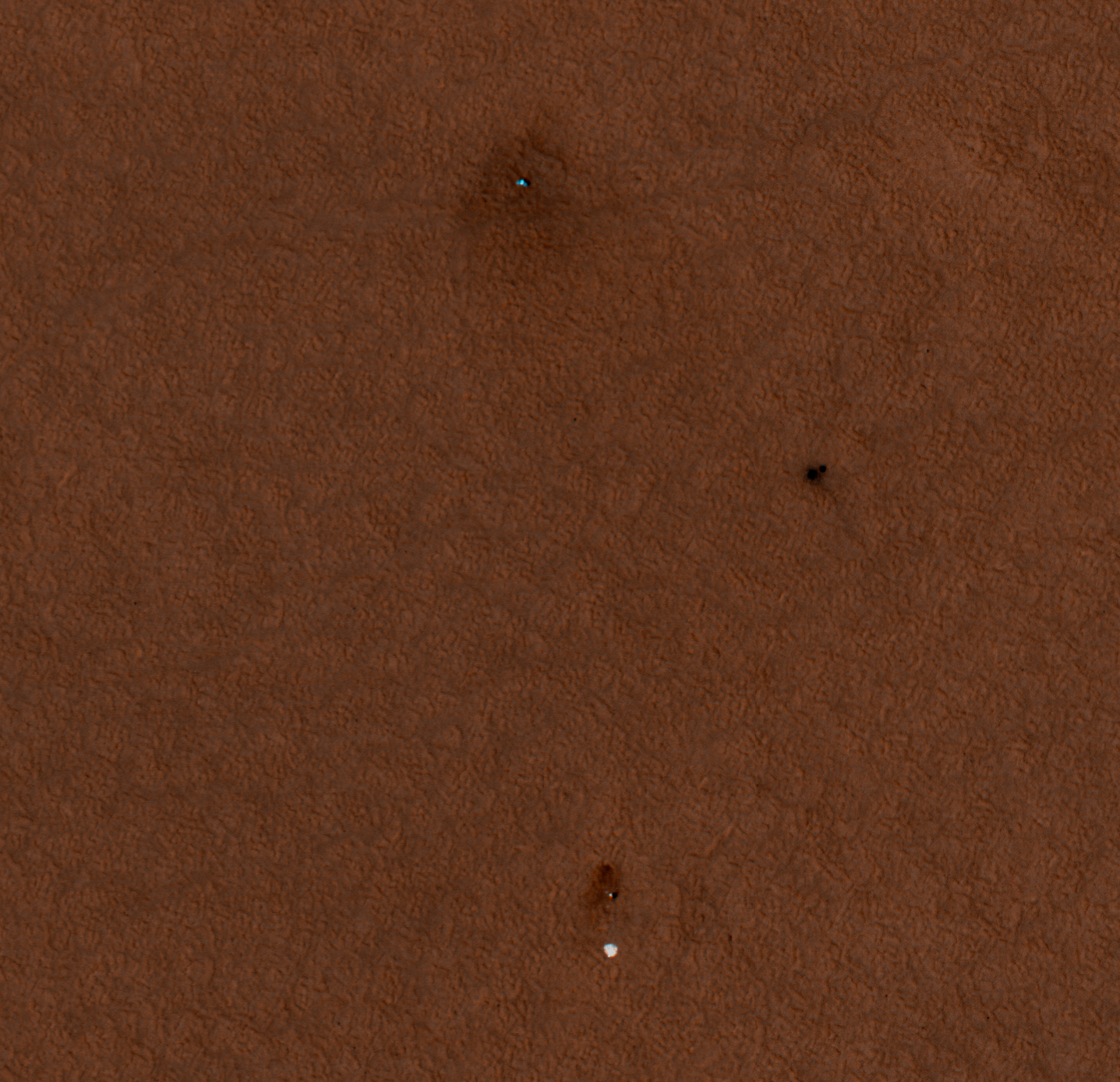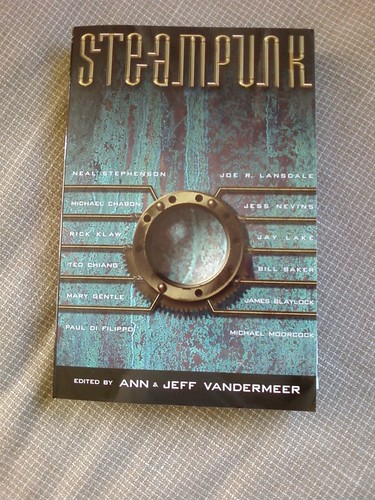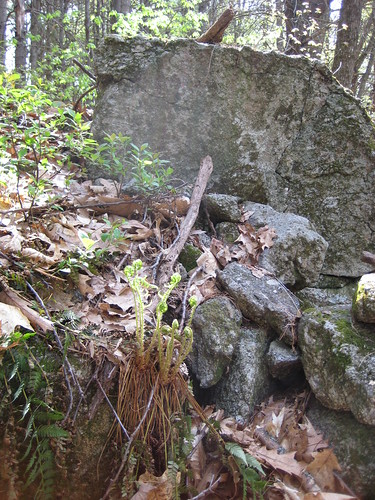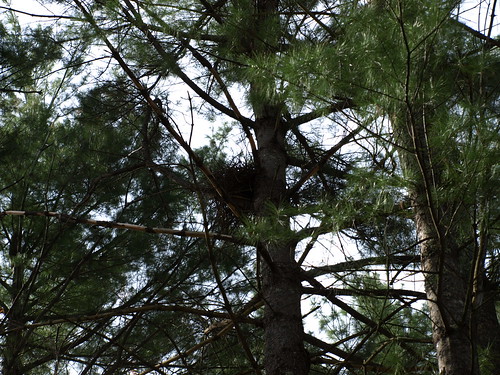Summary – folks who are designing super-mega-structures are missing the boat. Designing interfaces/protocols to allow pieces of very large structures to link to each other is, as far as I’m concerned, much cooler.
*
I’ve long been a fan of very large structures – I discovered Paolo Soleri and arcologies via the Whole Earth Catalog many years ago and was fascinated by the scale and organic beauty of many of his designs. Sci fi – generation ships/space habitats and Robert Silverberg’s dystopian The World Inside – helped fan the flames. I’ve been thinking big again – the past couple days have been one of those ‘the internet is telling you something’ experiences.
It (re)started two days ago when Bruce Sterling put up a link to an Inhabitat post: MILE HIGH ULTIMA TOWER: Vertical eco city works like a tree. What struck me – not for the first time – is how static this thing would be. It’s supposed to hold a million people – we’re talking all of Detroit or Birmingham or Adelaide. None of those cities is finished, in the sense that a building can be said to be finished – they’re churning, tearing up/down, growing/shrinking – there’s no point at which the prime contractor turns the keys over to the developer. Does it make sense to think that a million person structure would be a scaled up Petronas Towers?
While I was visiting Inhabitat, I indulged my curiosity a bit – I searched for ‘shipping containers’ – I keep thinking about putting some containers together as (hopefully) very low cost shelter out in the hinterlands someplace (maybe something Bruce Goff-esque – Bavinger or Bob Barns, using containers, phone poles and cable – yes, I’m a hack and a nut). Sniffing around led me to Lot-ek (warning – they’ll resize windows on you and the site is set up in a way that makes linking to specific pages impossible – I recommend you just take a peek at the screen cap below). They’ve not only designed small container based houses; they’ve also put together plans for larger structures.

Lot-ek Train Station
Shipping containers are well defined – sizes, how they fit together – but as far as componentry in a larger structure is concerned, the definition is pretty shallow – no power, water, or other services in or out.
Geoff Manaugh’s (BLDGBLOG) Flickrstream supplied the final thread (he put up this post as I wrote the last para). The idea of floating cities has been, well, floating around for a while – the ultimate pirate utopia. Governance issues aside, seems to me that this could be a fruitful area for work on interface specifications. Just as the internet doesn’t care if you are sitting in front of a Mac, or are telneted into an IBM z-series or are using WebTV (does that still exist?) as long as you comply with relevant RFCs, so too Floatopia-land shouldn’t care what your bobbing pleasure palace looks like as long as it connects to the rest of the structure in a specific way, it’s sized in multiples of X by Y by Z, complies with stability standard 1.1.1, etc. The marine environment is pretty unforgiving – marine architecture isn’t a specific field for nothin’ – but the safety and survivability problems need to be addressed regardless. RFC 1149 meets The Raft from Stephenson’s Snow Crash – let’s float!















